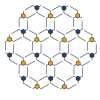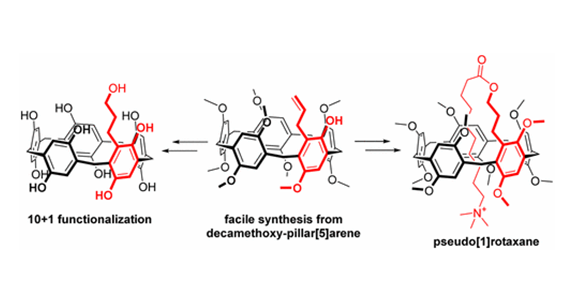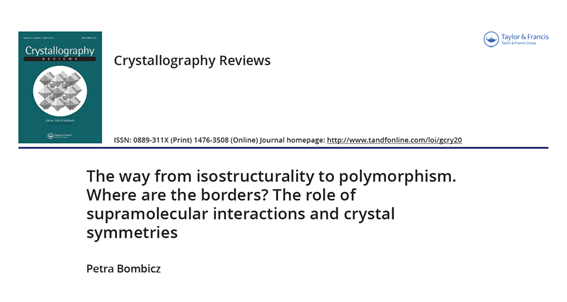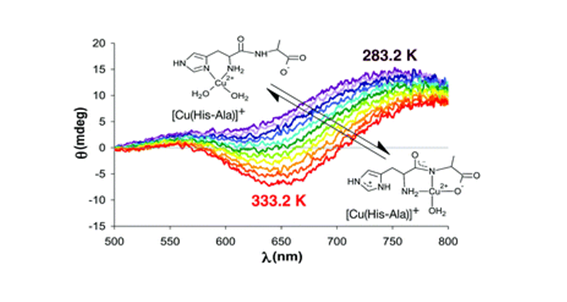
He was one of the most prominent scientists in crystallography of our time. He was a most productive, widely respected, much-admired and inspiring scientific leader. We recall him as an enthusiastic and entertaining head, colleague, teacher and friend who loved crystallography and made a huge contribution to it. We treasure our memories with him. He will be missed by the crystallographic community. Biography



